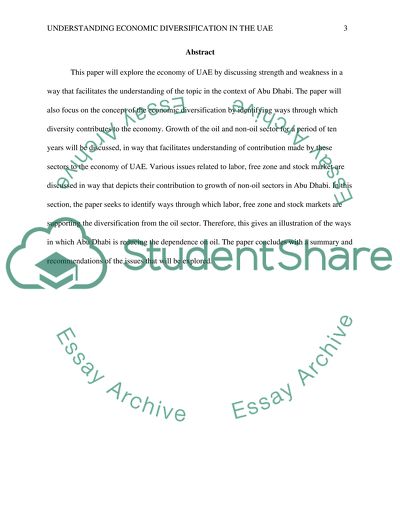Cite this document
(“Understanding Economic Diversification in the UAE Research Paper”, n.d.)
Understanding Economic Diversification in the UAE Research Paper. Retrieved from https://studentshare.org/macro-microeconomics/1465663-understanding-economic-diversification-in-the-uae
Understanding Economic Diversification in the UAE Research Paper. Retrieved from https://studentshare.org/macro-microeconomics/1465663-understanding-economic-diversification-in-the-uae
(Understanding Economic Diversification in the UAE Research Paper)
Understanding Economic Diversification in the UAE Research Paper. https://studentshare.org/macro-microeconomics/1465663-understanding-economic-diversification-in-the-uae.
Understanding Economic Diversification in the UAE Research Paper. https://studentshare.org/macro-microeconomics/1465663-understanding-economic-diversification-in-the-uae.
“Understanding Economic Diversification in the UAE Research Paper”, n.d. https://studentshare.org/macro-microeconomics/1465663-understanding-economic-diversification-in-the-uae.


